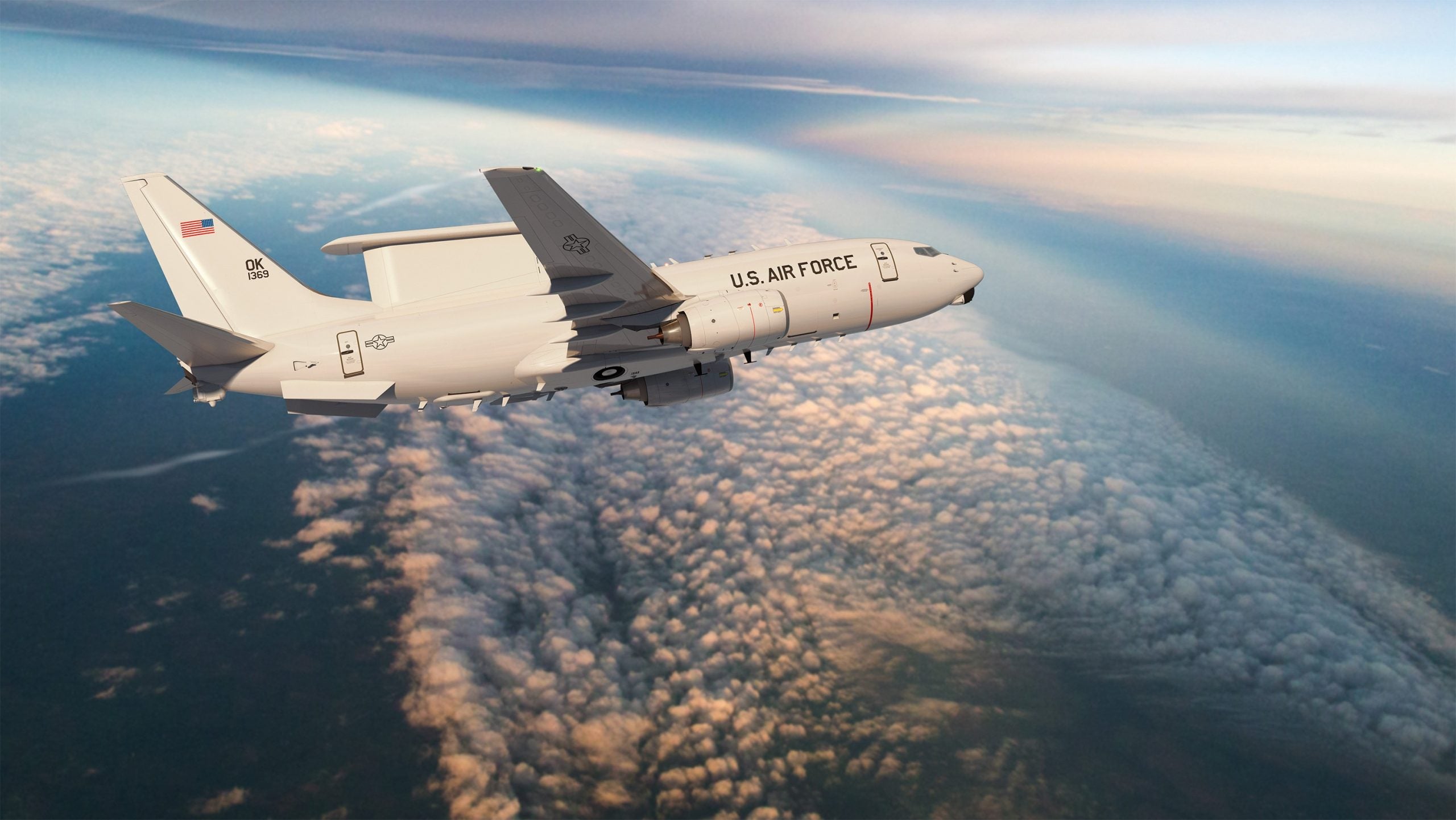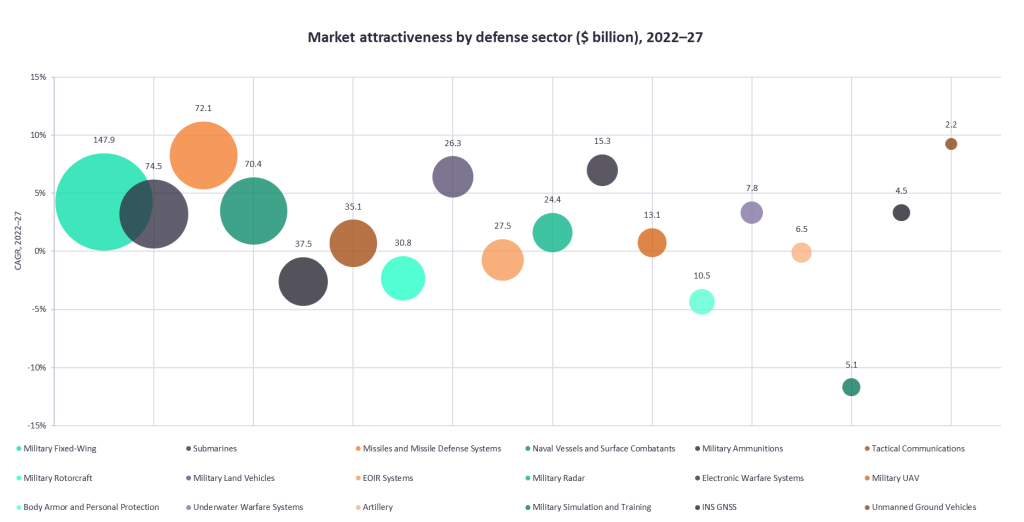
The growing threat environment in today’s geopolitical space, that is seeing open conflict break out on the European continent and the potential for peer- or near-peer conflict, has resulted in country’s moving to upgrade their existing airborne battle management capabilities.
With the US moving to acquire two new variants of the E-7 airborne early warning and control (AWACS) platform in a $1.2bn announcement on 28 February, Washington had laid down a significant sum of money in its bid to replace the ageing E-3 Sentry aircraft, which have been in service for decades.
Harry Boneham, defence analyst at GlobalData, said: “A replacement for the USAF’s existing E-3 AWACS has been on the horizon for a while, with the platform beginning to show its age through declining mission capable rates. In a geopolitical environment in which conflict with a near-peer adversary is a growing, yet still remote, possibility, an effective, capable, reliable fleet of airborne battle management aircraft is a necessity.
“The E-7A is a vital step in updating US battle space awareness and management and will bring Airborne Moving Target Indication and BMC2 capabilities allowing US and allied warfighters to engage in long-range kill chains.”
The work is expected to be completed by August 2024; the US Department of Defense stated.
Boneham continued: “For Boeing, the contract is clearly a win for Boeing’s Defense, Space & Security business unit, which has in recent years grappled with costly fixed-price development programmes. However, longstanding issues with programs such as the KC-46 are being rectified, and this new E-7 contract will provide further encouragement.
In 2018, Boeing secured a A$1.5bn ($1.08bn) deal to sign a contract with the Australian Government for the E-7A Wedgetail aircraft.
Other E-7 operators include the Republic of Korea Air Force, the Turkish Air Force and the United Kingdom’s Royal Air Force.
Fixed-wing market shows steady growth
GlobalData’s “US Defense Market 2022-2027” report states that military fixed-wing is the largest sector by forecast value. The cumulative market value is $147.9bn, with a positive CAGR of 4.2%. Investments such as this are much needed if the USAF is to retain its dominance in the air.

The E-7 is combat proven in challenging operational environments. The E-7 has an open systems architecture and agile software design, enabling the aircraft’s capabilities to evolve and remain ahead of future threats.
The E-7 Wedgetail can communicate with other aircraft as it simultaneously tracks multiple airborne and maritime threats with 360-degree coverage via the Multi-role Electronically Scanned Array (MESA) sensor.
Under the announced $1.2bn contract, the company will replace a portion of the currently 31 E-3 sentry aircraft in the US inventory, which it first received in March 1977.
GlobalData’s “The Global Military Fixed Wing Aircraft Market 2022-2032” report states that E-7 Wedgetail, which would replace the US Air Force’s ageing E-3, incorporates active electronically scanned array radar antennae instead of a rotating one like its predecessor. These advancements, coupled with the need to maintain aerial sovereignty, are likely to drive market growth.
The E-7A Wedgetail is converted and modified from the 737-700 commercial aircraft. The E-7 Wedgetail tracks multiple airborne and maritime threats simultaneously with 360-degree coverage via the MESA sensor.








